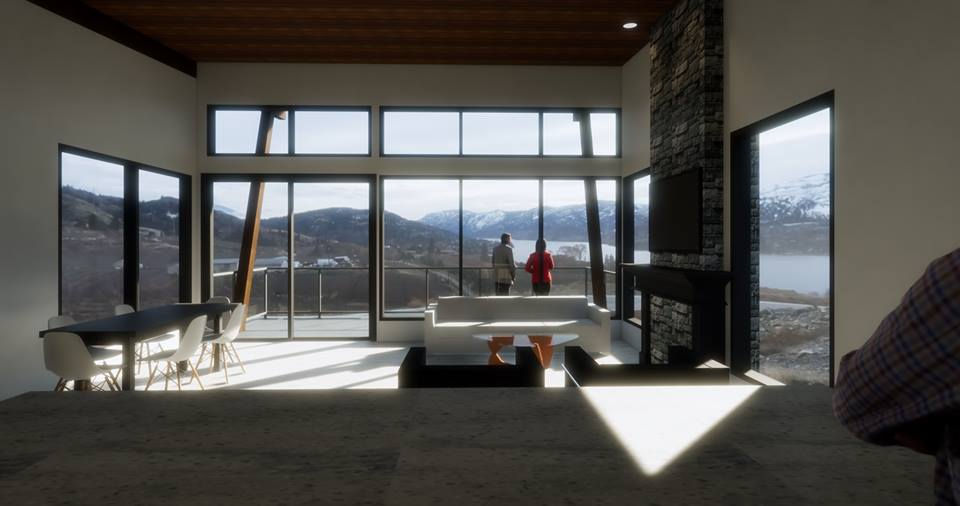Sustainable Shelter: How Embracing Renewability in Building Tech Shapes Our Future
- David Haywood
- Aug 31, 2023
- 3 min read
Updated: Sep 21, 2023
The world is at a pivotal crossroads, facing environmental challenges that demand innovative solutions. As urbanization accelerates and natural resources dwindle, the construction industry is poised to make a significant impact on shaping a sustainable future. Embracing renewability in building technology isn't just an option; it's a necessity for ensuring a planet that thrives for generations to come.
The Imperative for Change: Building's Environmental Footprint
The construction industry has historically been a major contributor to resource depletion, energy consumption, and greenhouse gas emissions. From the extraction of raw materials to the energy-intensive construction processes, traditional building practices take a toll on the environment. However, the realization of these impacts has sparked a paradigm shift towards sustainable building practices.

Renewable Energy Integration: Powering the Future
One of the most transformative aspects of building technology is the integration of renewable energy sources. Solar panels, wind turbines, and even kinetic energy harvesting systems are being seamlessly incorporated into building designs. These technologies not only reduce a building's reliance on fossil fuels but also enable structures to generate clean energy.
Imagine a city skyline where buildings double as solar farms, capturing sunlight and converting it into electricity. This integration not only meets the energy needs of the building occupants but also contributes excess power back to the grid, potentially turning buildings into power generators.
Smart Building Systems: Efficiency Redefined
The advent of the Internet of Things (IoT) has given rise to smart building systems that optimize energy consumption, comfort, and resource usage. Sensors, data analytics, and automation technologies work in concert to create energy-efficient and responsive spaces.

Smart thermostats adjust heating and cooling based on occupancy patterns, reducing energy waste. Automated lighting systems use natural light whenever possible and turn off when spaces are unoccupied. Water management systems detect leaks and optimize water usage. These technologies not only enhance the building's efficiency but also provide occupants with a more comfortable and sustainable environment.
Circular Design: Reducing Waste, Increasing Value
Renewability in building technology extends beyond energy. Circular design principles focus on reducing waste and maximizing the lifespan of materials. The concept of designing for disassembly ensures that buildings can be deconstructed with ease, allowing materials to be reused or recycled at the end of a structure's life.
Materials such as reclaimed wood, recycled steel, and salvaged fixtures are finding their way into building designs, giving new life to resources that would otherwise end up in landfills. This approach not only reduces waste but also aligns with a more sustainable and resource-conscious future.

Resilient Architecture: Adapting to Change
Climate change has brought to the forefront the importance of resilience in building design. Rising temperatures, extreme weather events, and sea-level rise necessitate structures that can withstand and adapt to these challenges.
Renewable building technologies play a crucial role in creating resilient architecture. Elevated foundations, flood-resistant materials, and passive cooling systems that minimize the need for energy-intensive air conditioning are all components of buildings designed to thrive in a changing climate.
Collaboration for a Sustainable Tomorrow
Embracing renewability in building technology requires a collaborative effort. Architects, engineers, urban planners, policymakers, and technology innovators must work together to implement sustainable solutions. Governments can provide incentives for renewable energy integration and green building practices. Industry leaders can invest in research and development to push the boundaries of what's possible. Consumers can demand sustainable options and choose to support eco-friendly buildings.
A Blueprint for Our Future
The journey from traditional building practices to a future anchored in renewability is underway. By harnessing the power of renewable energy, embracing smart systems, adopting circular design, and prioritizing resilience, the construction industry is shaping a world where our shelters not only protect us but also nurture the planet.

In this era of sustainability, every building has the potential to be a testament to our commitment to a brighter future. Through conscious choices, innovative technologies, and collaborative action, sustainable shelter becomes not just a necessity, but a beacon of hope for generations to come.

























Comments